Considering accessibility is now an integral aspect of the publishing workflow, although it is not yet compulsory for companies to have their online data accessible, it is, however, definitely best practice to do so. By creating an accessible document, you increase your potential client base. In my experience, most clients have a difficult time differentiating themselves from the rest of the market. By actually being inclusive of the people you serve, you position your company with an advantage you can promote and improve your brand image with.
Accessible design is how easily people can use your website and all of its content. It focuses, specifically on people with disabilities with impaired vision, hearing, and movement. Companies, we believe, should strive to create websites which are inclusive. Websites which are easy to navigate and understand for the whole community. Careful planning ensures that your site can be heard by those that cannot see.
Accessible design is about one thing only, and that is inclusion. If your company has something to say, then do it in a way that everyone can understand? Gone are the days where print is the only format that matters.
While accessibility is different from usability, it has a clear impact on the user experience and should always be considered as part of great user experience. A recent W.H.O. report revealed about 15% of the world’s population live with some form of disability. When designing any document that will be attached to your site in the form of a PDF, you should consider the number and type of potential accessibility issues users will have. Barriers include:
• visual (e.g., colour blindness)
• motor/mobility (e.g., wheelchair-user concerns)
• auditory (hearing difficulties)
• seizures (especially photosensitive epilepsy)
•learning (e.g., dyslexia).
There are some simple design principles and steps to take in designing documents in InDesign to make sure that everyone can access them.
An experienced tagging expert does not rely purely on the Adobe Acrobat accessibility checker but rather on direct knowledge of WCAG 2.0 requirements and specific PDF tagging syntax.
If you need a document tagged, or a document designed in Indesign to meet Accessibility regulation, please give us a call Fresco Creative on (02) 8116 9033 or enquiries@frescoreative.com.au.
